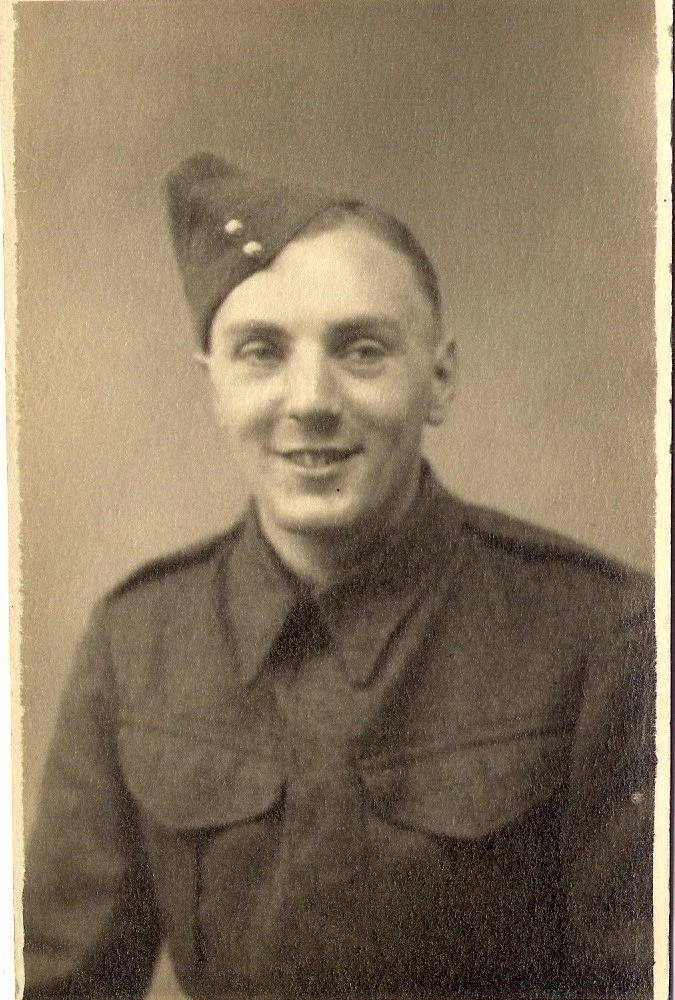Plane Spotting, Military Portraiture, and Multiculturalism in the Imperial War Museum
The 2008 Imperial War Museum exhibition “From War to Windrush” commemorated the contribution of Black men and women from the Caribbean and Britain during the First and Second World Wars. Freeing the imaginary of the Second World War from its conjunction with an exclusively “white” British or English national identity is no small undertaking; in fact, as Paul Gilroy suggests in After Empire, nostalgia for Second World War imagery often functions to obscure the memory of the colonial past. This essay (Photography and Culture; volume 5, issue 3) considers how the exhibition challenged naturalized associations between notions of “heritage,” feelings of nostalgia, and an exclusively “white” memory of the Second World War, by borrowing the form of the military portrait and altering photographs of black servicemen and servicewomen made within other photographic genres to conform to the national dimensions of this recognizable form. The exhibition thereby reproduced the structural tension inherent in multicultural national identity: that between the conflicting need to understand the nation, in Homi Bhabha's words, as both “the event of the everyday and the advent of the epochal.”

